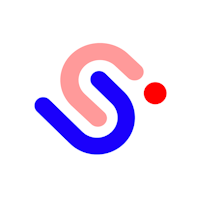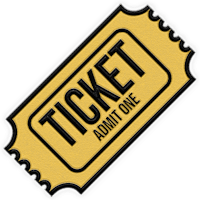Google and other search engines continue to get more sophisticated at reading and indexing interactive content. When it comes to building experiences in Studio, there are several things you can do to ensure your content is optimized for search.
SEO Basics
Studio provides some built-in SEO features that make your content accessible and readable.

Slug, Page Titles & Meta Descriptions
You can adjust your basic SEO components such as your experience slug, page title, and meta description in the Settings panel of Studio.

NoScript HTML
All text components within your Studio experience will be rendered by default as NoScript HTML that’s indexable by Google and other search engines. If you make changes to any text in Studio, your NoScript HTML will automatically be updated when you republish.
All you have to do is leave the NoScript field blank. If you want to customize your NoScript, read the Custom NoScript section below.
In your Settings panel, you’ll also want to ensure that you have your Text Rendering mode (in the experience Performance tab) toggled to Component Mode. This will ensure that search engines can best read your content.
Image Alt Text
You can enter alt text for each image you upload into Studio by selecting the image and navigating to the Alt-Tag option at the bottom of the Design tab. Each alt-text tag you enter will get added as metadata on the corresponding image in your experience, and will also be published in the default NoScript version of the page.

Advanced SEO
In addition to our basic SEO settings, there are two additional advanced options you can use to further optimize your Studio content for search.
Custom NoScript HTML
If you want to control exactly how your text content renders to search engines (including tagging headlines and constructing a more traditional logic hierarchy), you can enter your own tagged content into the NoScript HTML section. This will override the default NoScript HTML generated by Studio in the background.
The most optimized NoScript can be achieved by following this workflow:
Publish your experience with the NoScript field left blank.
When viewing the live experience, open the Developer Tools panel of your browser.
Copy the auto-generated NoScript, and paste it into your favorite HTML editor (e.g. Sublime Text, TextEdit, or Dreamweaver).
Add heading, paragraph, and link markup where appropriate.
Paste the edited HTML into the NoScript section of your experience.
Hit publish again, and the default NoScript will be overwritten by the customized NoScript.

Canonical URL
By default, all multi-page experiences have a rel=canonical tag that puts all of the authority on page 1 of your experience. However, if you wanted to pass the SEO juice from your Studio content to somewhere totally different, say to a host page on your domain where you’ve embedded a Studio experience, you can use our custom rel=canonical field to identify the URL where you want to pass your link juice.







